Thematic overview
Climate change is placing growing pressure on vulnerable communities, ecosystems, infrastructure, and national economies. As countries implement National Adaptation Plans (NAPs) and scale up investment in resilience, there is growing demand for better data to guide decisions and demonstrate impact.
Satellite Earth Observation (EO) offers significant potential to support these efforts. While EO is already used in various climate-related domains, it remains underutilised in the context of climate adaptation finance. EO can provide timely, reliable information to assess climate risks, inform planning and investment design, and support monitoring and evaluation.
Financial Intermediary Funds (FIFs), such as the Green Climate Fund (GCF), Global Environment Facility (GEF), Climate Investment Funds (CIF), and Adaptation Fund (AF), channel climate finance through International Financial Institutions (IFIs) such as the World Bank and regional development banks. These institutions play a key role in supporting countries to deliver adaptation projects at scale.

Objective
The Climate Adaptation and Finance (CA&F) activity builds on ESA’s Global Development Assistance (GDA) programme and represents a strategic expansion into climate adaptation and finance. The objective is to support the effective use of EO in adaptation projects funded by FIFs and implemented by IFIs and their delivery partners.
The activity aims to make EO an integral part of how climate risks are assessed, how adaptation investments are designed, and how results are monitored and reported. By doing so, it strengthens the ability of countries and development partners to access, manage, and demonstrate the impact of climate finance.
Approach
CA&F collaborates with IFI and FIF teams to develop tailored EO services that are aligned with project goals, national priorities, and climate finance requirements. These services are designed to be scalable, decision-ready, and integrated into the existing project delivery frameworks.
Key areas of application include:
 1. Food security
1. Food security: EO supports early warning and climate-smart agriculture by monitoring water availability, soil moisture, crop health, and pest outbreaks.
 2. Water resources management:
2. Water resources management: EO helps assess water availability, groundwater recharge, flood and drought risks, and water quality, supporting resilient water planning and investment.
 3. Forests and land use:
3. Forests and land use: EO tracks land cover change, forest degradation, ecosystem health, and restoration, helping manage biodiversity, carbon stocks, and land-based adaptation strategies.
 4. Urban resilience:
4. Urban resilience: EO provides data on urban heat islands, flood exposure, land use dynamics, and green infrastructure to inform adaptation planning in cities.
The activity also helps develop practical EO-based indicators and tools that make it easier to measure adaptation results. It supports partners in building the skills and systems they need to use EO effectively over the long term.
Impact
By enabling greater use of EO in climate adaptation investments, CA&F supports countries and development partners to:
- Improve the design and targeting of adaptation investments
- Strengthen proposals and evidence for accessing climate finance
- Monitor project outcomes and demonstrate results to funders and stakeholders
- Build capacity for long-term, EO-informed planning and decision-making
The activity contributes to wider adoption of EO across adaptation portfolios and supports the transparency, effectiveness, and scalability of climate finance.
Consortium members




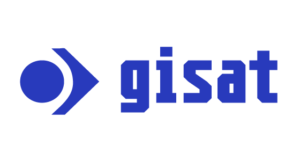

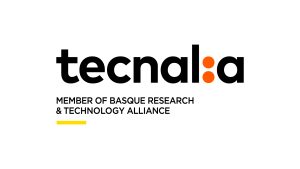




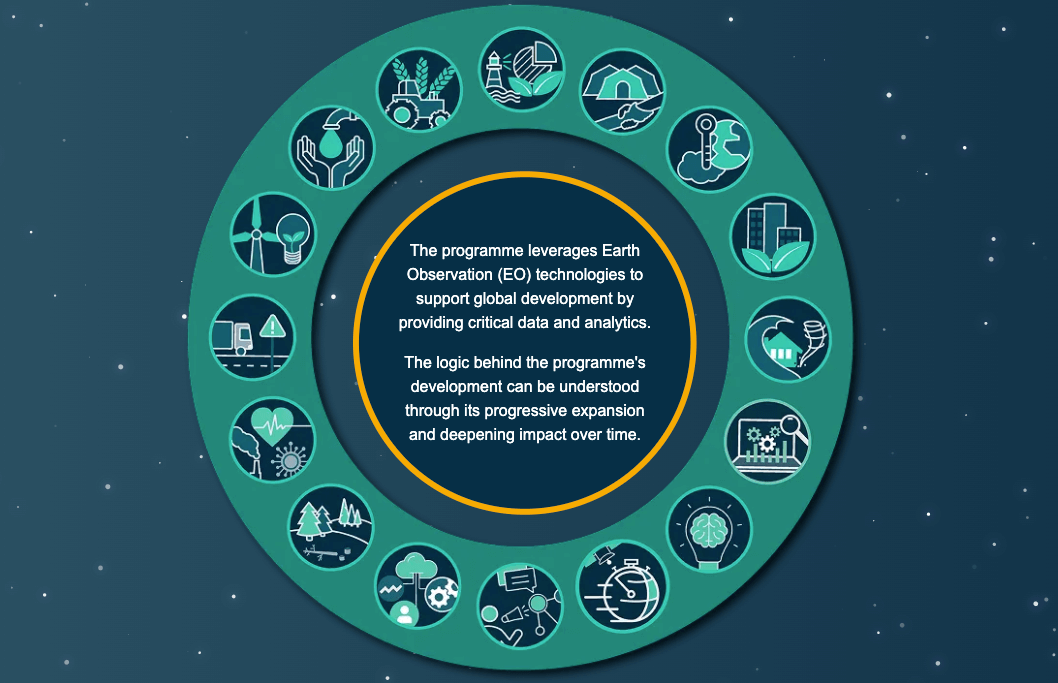






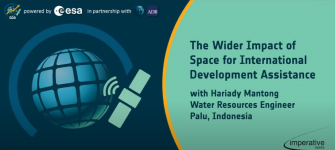

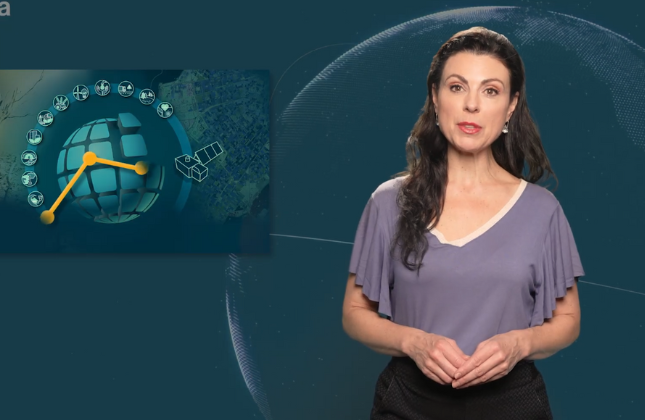

 1. Food security: EO supports early warning and climate-smart agriculture by monitoring water availability, soil moisture, crop health, and pest outbreaks.
1. Food security: EO supports early warning and climate-smart agriculture by monitoring water availability, soil moisture, crop health, and pest outbreaks.
 2. Water resources management: EO helps assess water availability, groundwater recharge, flood and drought risks, and water quality, supporting resilient water planning and investment.
2. Water resources management: EO helps assess water availability, groundwater recharge, flood and drought risks, and water quality, supporting resilient water planning and investment.
 3. Forests and land use: EO tracks land cover change, forest degradation, ecosystem health, and restoration, helping manage biodiversity, carbon stocks, and land-based adaptation strategies.
3. Forests and land use: EO tracks land cover change, forest degradation, ecosystem health, and restoration, helping manage biodiversity, carbon stocks, and land-based adaptation strategies.
 4. Urban resilience: EO provides data on urban heat islands, flood exposure, land use dynamics, and green infrastructure to inform adaptation planning in cities.
The activity also helps develop practical EO-based indicators and tools that make it easier to measure adaptation results. It supports partners in building the skills and systems they need to use EO effectively over the long term.
4. Urban resilience: EO provides data on urban heat islands, flood exposure, land use dynamics, and green infrastructure to inform adaptation planning in cities.
The activity also helps develop practical EO-based indicators and tools that make it easier to measure adaptation results. It supports partners in building the skills and systems they need to use EO effectively over the long term.











